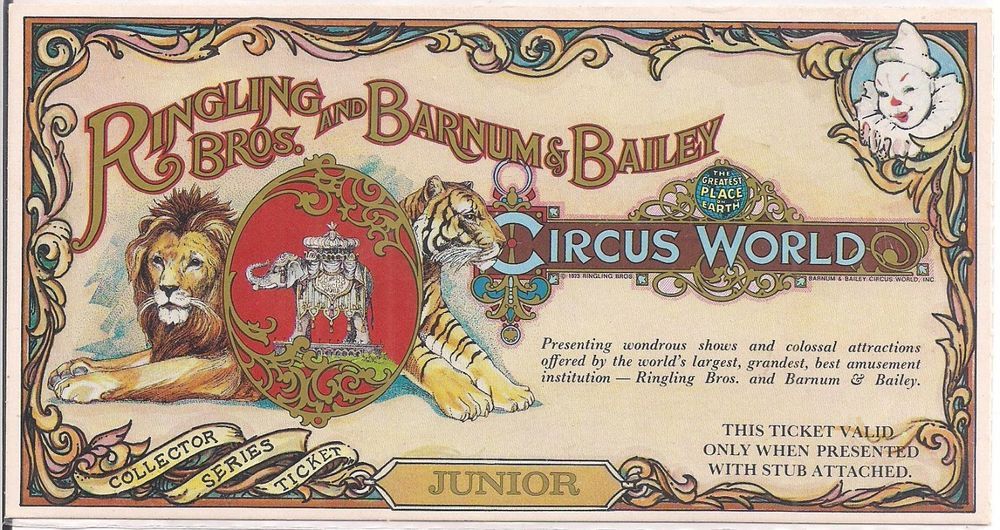
Historical Entertainment in Clarion, Iowa
HISTORY FROM THE HEARTLAND Series by Mary Tesdahl
|
Many big circuses came to Clarion in the early days. Among these were the
Ringling Brothers; Gollimar Brothers; Wallace Hagenbeck; and Pawnee Bill’s Wild
West. Circuses first traveled by wagons and then by train. Those who got there
first got to carry water for the elephants or carry a banner in the parade or
help in any other way that earned them a ticket into the big show.
The lot was also used by merry-go-rounds; roller rinks; and small tent shows.
Many Uncle Tom’s Cabin shows visited Clarion. All had their vicious pack of
blood hounds with which Simon Lagree chased Eliza across the ice-choked Ohio
River. In winter, shows exhibited in the opera house and in the summer, under
canvas. Medicine shows selling their sure-cure Indian remedies or snake oil were
also popular. They either sold their wares from a wagon on street corners in
summer or from an empty store building in winter. In winter months, Clarion was
also host to many big name actors and actresses. Opera troops were often
accompanied by a ten to fifteen-piece orchestra. Programs included Carmen;
Madame Butterfly; and Rigoletto.
The Wright County Agricultural Society or Fair was organized in 1884 and
operated for about thirty years. The grounds (40 acres) were located at the
extreme end of Main Street across from the hospital. For 25 cents for adults and
ten cents for children, one could see all the fat livestock and poultry and the
oversized vegetables and grains, along with school exhibits of the children. The
Floral Hall took care of the products of the ladies who exhibited their baking,
cooking, and sewing. A full two hour program of trotting, pacing and running
races was held, but no betting was allowed. Balloon ascensions; parachute drops;
aerial and trained animal acts were often included.
Skating rinks were popular and Clarion had several. Some were permanent and some
temporary. Floors were wood and skates clamped on. “Key Boys” tightened metal
clamps on hard soled shoes and adjusted leather ankle straps. Music was provided
by a Victrola. Directions came over a megaphone. Those who could not afford to
skate could watch over the partial walls. Being invited to lead the “Grand
March” at the end of the evening was an honor.
Entertainment for individuals included kite flying. String might be tied
together pieces from meat packages from the grocery store. This worked well
unless one of the knots broke and the kite had to be chased until it landed. A
fun variation was sending messages up to the kite. Stiff paper was needed – the
front of a cereal box was ideal. It was cut in a circle and a radial slit was
made from the outer edge to the center. Then a pencil or a nail was inserted to
make the center hole slightly larger; the circle was slipped onto the string and
the wind sent it swirling rapidly up to the kite.
A slingshot was another amusement. Some liked conventional slingshots and some
preferred one similar to that with which David slew Goliath. A leather thong was
threaded through each side of a square rubber patch. To launch a stone, it was
swung over the head and then one end was let go. This type flew much farther.
The next step was to choose a target that provided some challenge. The same was
true with a BB gun. Fun to shoot at a target, but occasionally caused a hole in
a window. |

|
|
 |
|
|
|